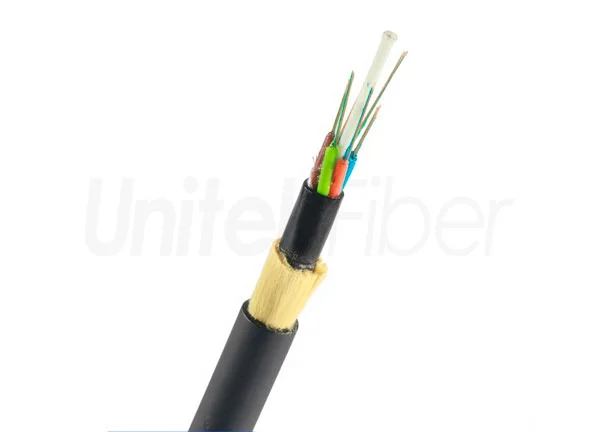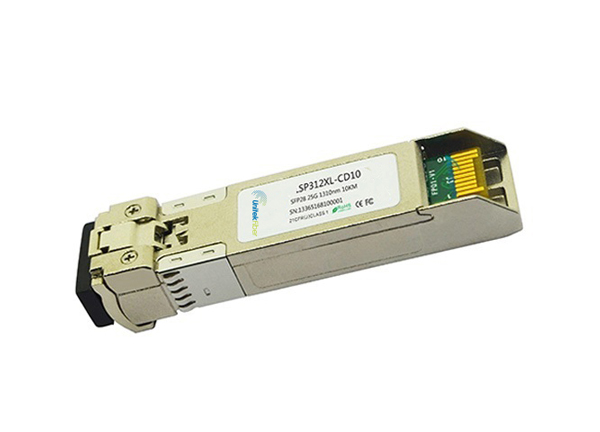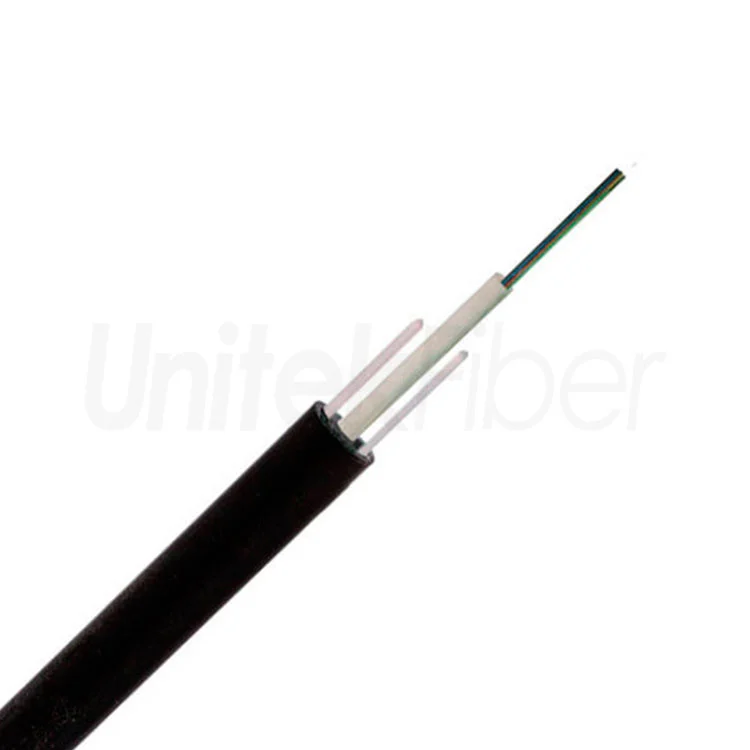
Both GPON and EPON have their own advantages. In terms of performance index, GPON is better than EPON. In terms of cost, EPON has more advantages. At present, there exist two access modes. There is EPON access in Hotels and other places. After all, the cost of EPON is lower.
GPON and EPON are two typical passive optical networks, which are short-distance optical cables, mainly used for network transmission in urban areas. The biggest difference between them is that the communication protocols of downlink and uplink are different. GPON supports multiple rates, including uplink and downlink asymmetric rates, such as downlink 2.5Gbps or 1.25gbps, uplink 1.25gbps or 622Mbps. EPON provides fixed uplink and downlink 1.25gbps, and the actual rate is 1Gbps. And GPON has greater bandwidth.
GPON is a standard for new generation broadband passive optical integrated access based on ITU-TG. 984.X standard. It has many advantages, such as high bandwidth, high efficiency, wide coverage, rich user interfaces and so on. GPON was proposed by FSAN in September 2002. On this basis, ITU-T completed the formulation of ITU-T G.984.1 and G.984.2 in March 2003, and the standardization of G.984.3 in February and June 2004. Finally, GPON standard is formed.
EPON is a PON technology based on Ethernet. It applies point-to-multipoint structure, employs passive optical fiber transmission, and provides a variety of services over Ethernet. EPON Technology is standardized by IEEE802.3 EFM working group. In June 2004, the IEEE 802.3 EFM working group released the EPON standard. In this standard, Ethernet and PON technology are combined. PON technology is used in physical layer, and Ethernet protocol is used in data link layer. PON topology is used to realize Ethernet access. Therefore, it combines the advantages of PON technology and Ethernet Technology: low cost, high bandwidth, strong scalability, compatibility with existing Ethernet, convenient management, etc.



